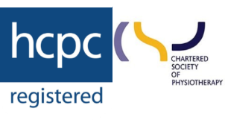Each year over 5 million people in the UK develop chronic pain. It can have significant lasting effects on many aspects of life, making even simple everyday tasks painful and difficult. Unfortunately chronic pain is also complex and challenging to treat. It requires a holistic approach that addresses the many factors that affect your symptoms.
What is chronic pain?
Definitions of chronic pain vary. Many define it as any pain that continues for more than 3-6 months. Most injuries heal in this time frame so pain that persists after the usual healing period is usually considered chronic. Common sites for chronic pain are the lower back and neck but symptoms are often widespread and changeable.
Faulty theories...
For a long time chronic pain was treated based largely on underlying diagnosis. The doctor said, for example, "you have sciatica, take these pills and come back in a week or two". Unfortunately it became clear over time that this approach doesn't really work. Firstly diagnosis is incredibly difficult in chronic pain and secondly people are all very different, with different lifestyles and different needs. Should a young mum of three have the same treatment as a retired elderly gentleman? Should someone who's terrified to move for fear of damaging their back receive the same approach as someone just grits their teeth and pushes through pain?
What really clouds the issue too is that the connection between changes in your body (such as arthritis, 'wear and tear' etc.) and pain isn't a strong one. For example, research suggests that around 60% of people have a 'disc bulge' with no symptoms at all. This is shown throughout the body where tissue changes seen on scans and X-ray are found to be very poorly correlated to patient's symptoms. In short you can have severe pain and no tissue changes and severe tissue changes but no pain!
Unfortunately the medical professions may be responsible for lots of misunderstanding amongst patients with persistent pain, in particular the over-emphasis on the role of tissue changes. Many, for example, believe something is 'out of alignment' or 'out of place' or that their spine is 'crumbling'. This isn't true. You aren't out of place and nothing is crumbling! The spine is surprisingly strong and well supported and protected by bones, muscles, ligaments and a tough tissue called fascia.
Advances in research have raised many questions about chronic pain but it appears the best approach is to move away from a simplistic idea of 'this condition needs this treatment', to an approach that takes in the bigger picture...
The BioPsychoSocial Approach
Rather than focussing solely on changes in the body that may not be relevant to symptoms more recent treatments consider a BioPsychoSocial approach. This includes biologicalchanges related to pain, psychological factors and an individual's social circumstances as shown in the picture below:












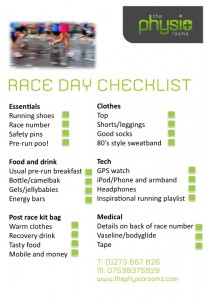




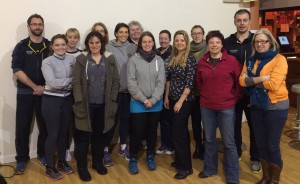
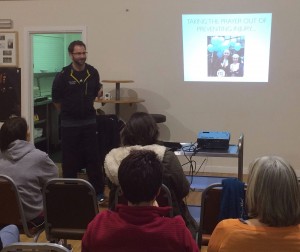
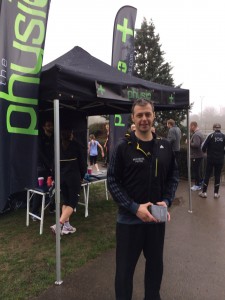
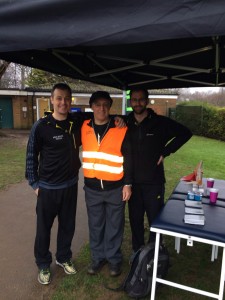
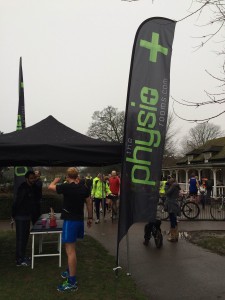
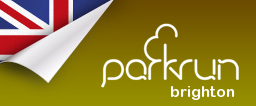 www.parkrun.org.uk/brighton/
www.parkrun.org.uk/brighton/


